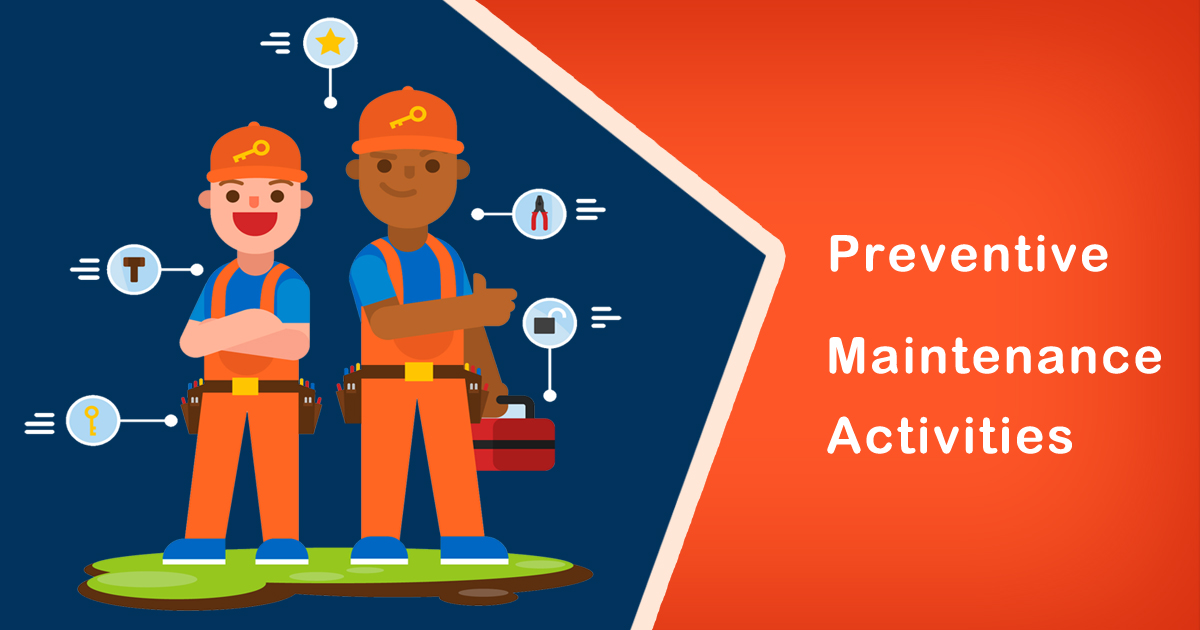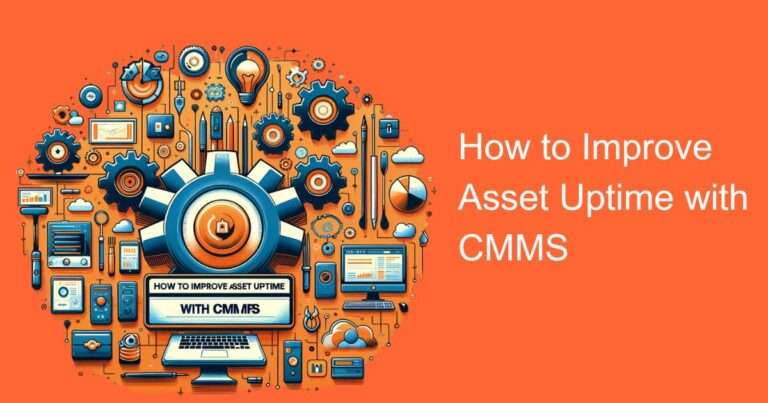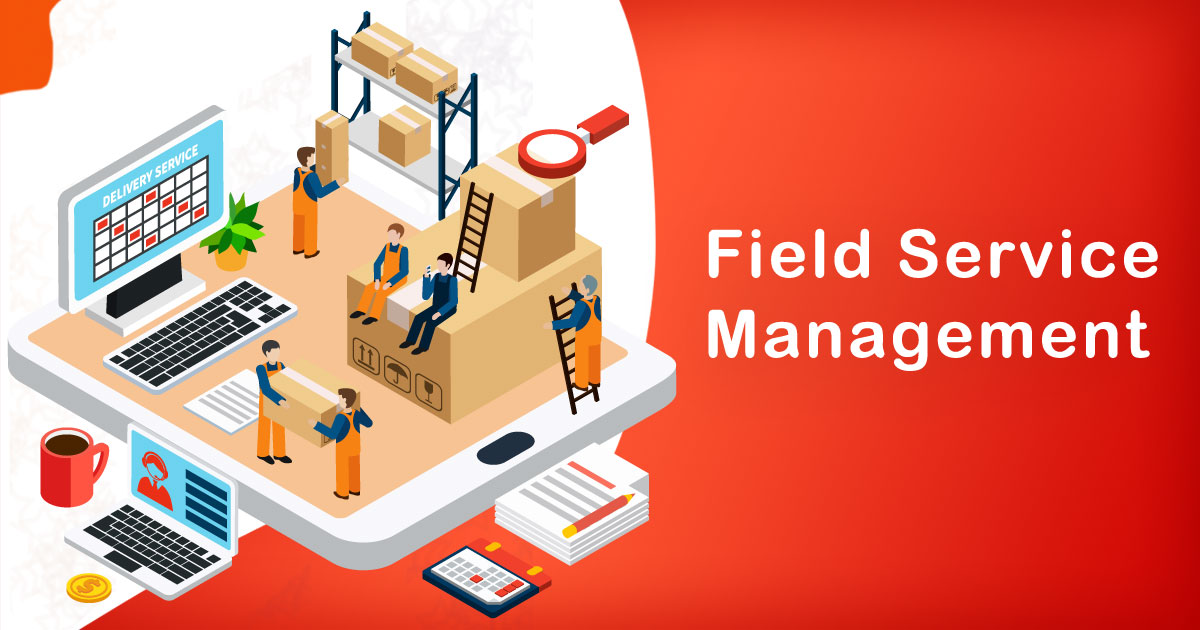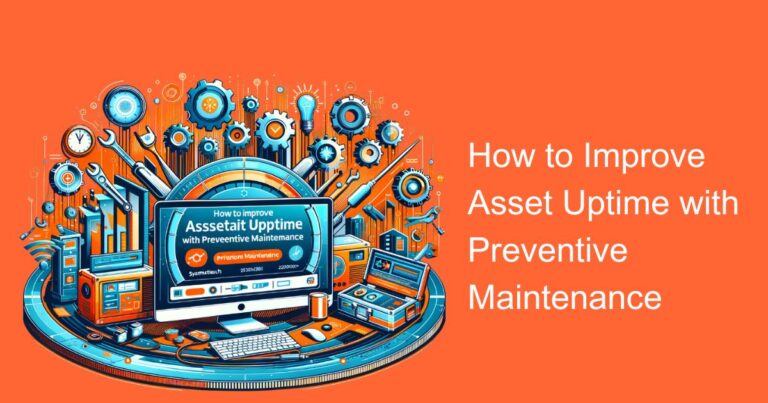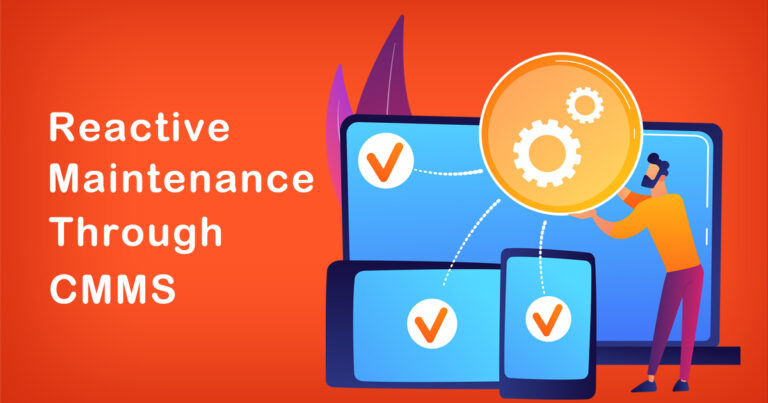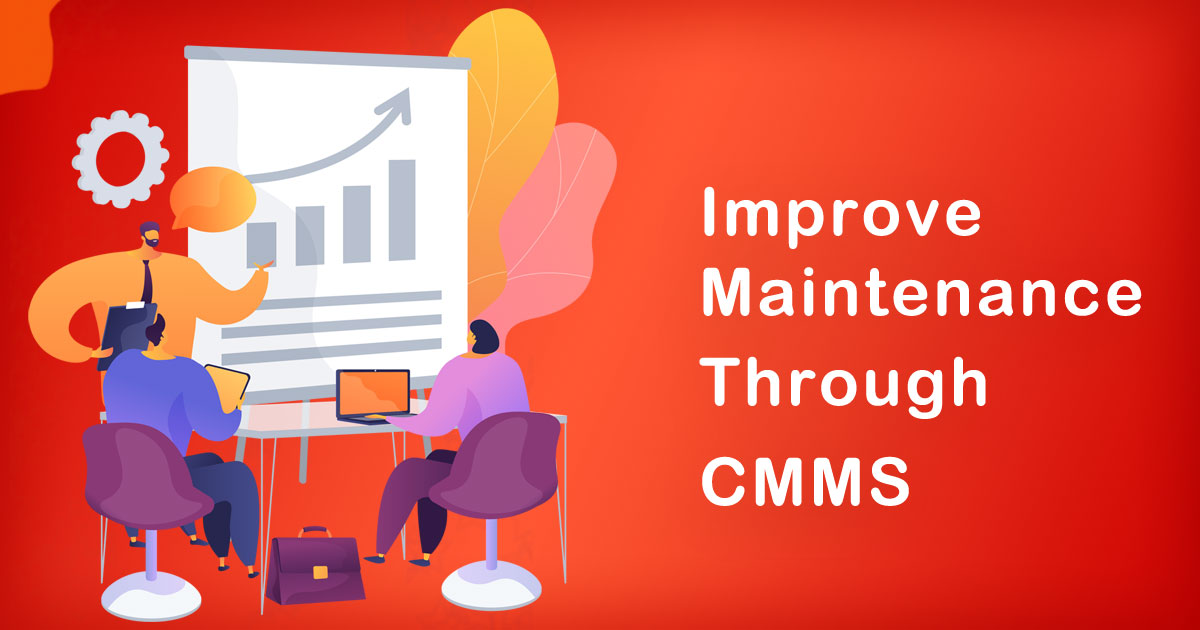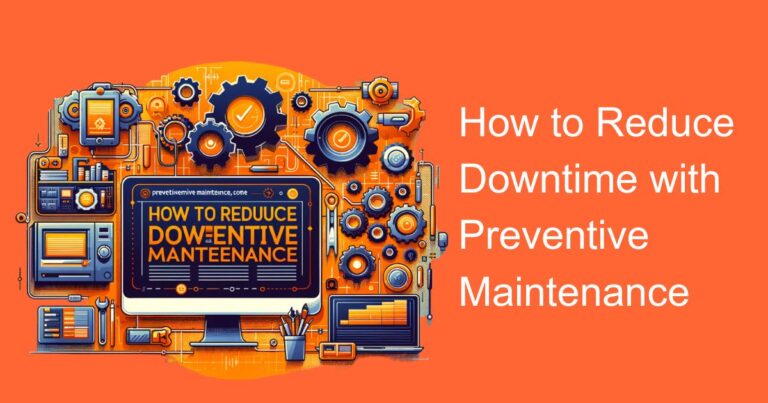Preventive maintenance is a key aspect of any successful business, especially in India, where equipment downtime can have a significant impact on productivity and profits. With preventive maintenance, organizations can keep their equipment in optimal condition, extend the lifespan of their assets, and avoid costly repairs and replacements. However, optimizing preventive maintenance activities requires a thorough understanding of the equipment, its usage, and the surrounding environment. In this blog, we will discuss how to optimize preventive maintenance activities in an Indian context.
Understanding Preventive Maintenance:
Preventive maintenance is a proactive approach to equipment maintenance, where regular inspections, cleaning, lubrication, and adjustments are performed to keep the equipment in good working condition. This approach is based on the assumption that equipment failure can be predicted and prevented by performing routine maintenance tasks. Preventive maintenance activities can be time-based, where maintenance tasks are performed at fixed intervals, or condition-based, where maintenance tasks are performed based on equipment usage and performance data.
Benefits of Preventive Maintenance:
Preventive maintenance offers several benefits to organizations, including:
- Improved equipment reliability: Regular maintenance activities can identify and fix potential problems before they become major issues, thereby improving equipment reliability.
- Increased equipment lifespan: Regular maintenance activities can extend the lifespan of equipment, reducing the need for costly repairs and replacements.
- Reduced downtime: By identifying and fixing potential problems before they cause equipment failure, preventive maintenance can reduce downtime and increase productivity.
- Lower maintenance costs: Preventive maintenance activities are typically less expensive than reactive maintenance activities, where repairs are performed after equipment failure.
Optimizing Preventive Maintenance Activities:
To optimize preventive maintenance activities, organizations need to consider several factors, including equipment usage, environmental conditions, and maintenance schedules. Here are some ways to optimize preventive maintenance activities in an Indian context:
- Perform a risk assessment: Before implementing a preventive maintenance program, organizations should perform a risk assessment to identify the equipment that is critical to their operations. This will help prioritize maintenance activities and ensure that the most important equipment receives the necessary attention.
- Develop a maintenance schedule: A maintenance schedule should be developed based on equipment usage and performance data. This schedule should be reviewed periodically to ensure that it remains relevant and effective.
- Use technology: Technology can be used to optimize preventive maintenance activities, such as sensors that can monitor equipment usage and performance data. This data can be used to predict when maintenance activities are required, reducing downtime and increasing productivity.
- Train staff: Staff should be trained on preventive maintenance activities to ensure that they can perform the necessary tasks correctly and safely. This can reduce the risk of equipment failure due to human error.
- Conduct regular inspections: Regular inspections can identify potential problems before they become major issues. Inspections should be performed at fixed intervals or based on equipment usage and performance data.
- Use high-quality spare parts: High-quality spare parts should be used for maintenance activities to ensure that equipment remains in good working condition. This can also reduce the risk of equipment failure due to low-quality parts.
- Monitor environmental conditions: Environmental conditions, such as temperature and humidity, can have a significant impact on equipment performance. Monitoring these conditions can help identify potential problems and prevent equipment failure.
Conclusion:
Preventive maintenance is a critical aspect of equipment maintenance, especially in an Indian context where equipment downtime can have a significant impact on productivity and profits. Optimizing preventive maintenance activities requires a thorough understanding of the equipment, its usage, and the surrounding environment. By performing regular inspections, using technology, training staff, and monitoring environmental conditions, organizations can keep their equipment in optimal condition, extend its lifespan, and avoid costly repairs and replacements. With these steps, preventive maintenance can become a key driver of business success in India.


